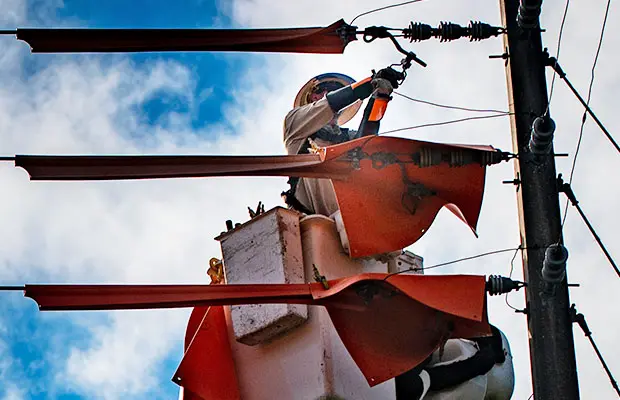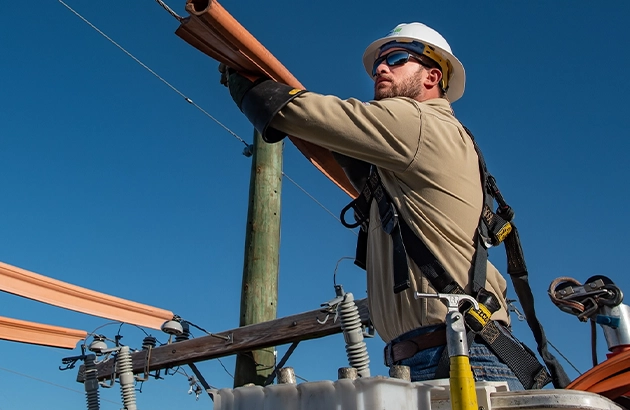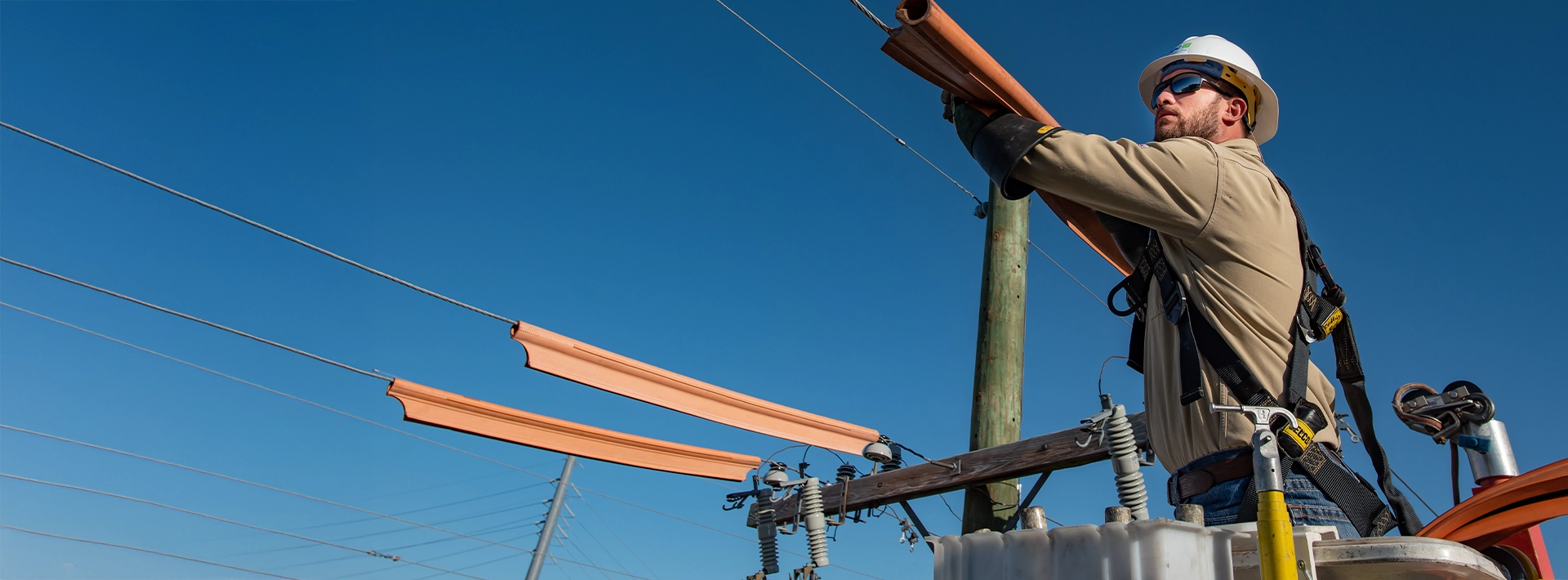Your Storm Guide: Before, During & After
Storms are unpredictable, but we’re not. At OUC, we prepare year-round to respond to severe weather safely, and we encourage you to do the same. Below are some tools and resources to help stay prepared every step of the way.

Before a Storm
Get ready for storm season by staying informed, gathering supplies and trimming trees near power lines.

During a Storm
Report outages and find tips on how to protect yourself until the storm passes.

After a Storm
Learn how OUC restores power after a storm and what to expect during the recovery process.
#1 in Reliability
For OUC, reliability doesn’t just mean keeping the power on. We’ve been recognized as the most reliable electric utility in Florida* when compared to the state’s investor-owned utilities. Our customers experienced fewer electrical outages and saw their service restored faster when there was an outage.
*When compared to the 2024 data provided to the Florida Public Service Commission (PSC).

Ways to Stay Updated
Stay informed before, during and after a storm with OUC Alerts and online updates.
Sign Up for Alerts
Keep informed of electric outages and water problems in your area via voice, text or email.
Be sure to read the Terms and Conditions and Privacy Policy before registering.
Stay Connected
Follow us on social media for the latest news and announcements:
View the Outage Map
OUC’s Outage Map includes information on the size and location of an outage and estimated restoration times.
Learn About Storm Safety
Find out additional ways to stay safe during a hurricane or severe storm.
View Storm-Related Videos
Check out our storm playlist on YouTube for safety tips, information on how OUC restores power and more.

